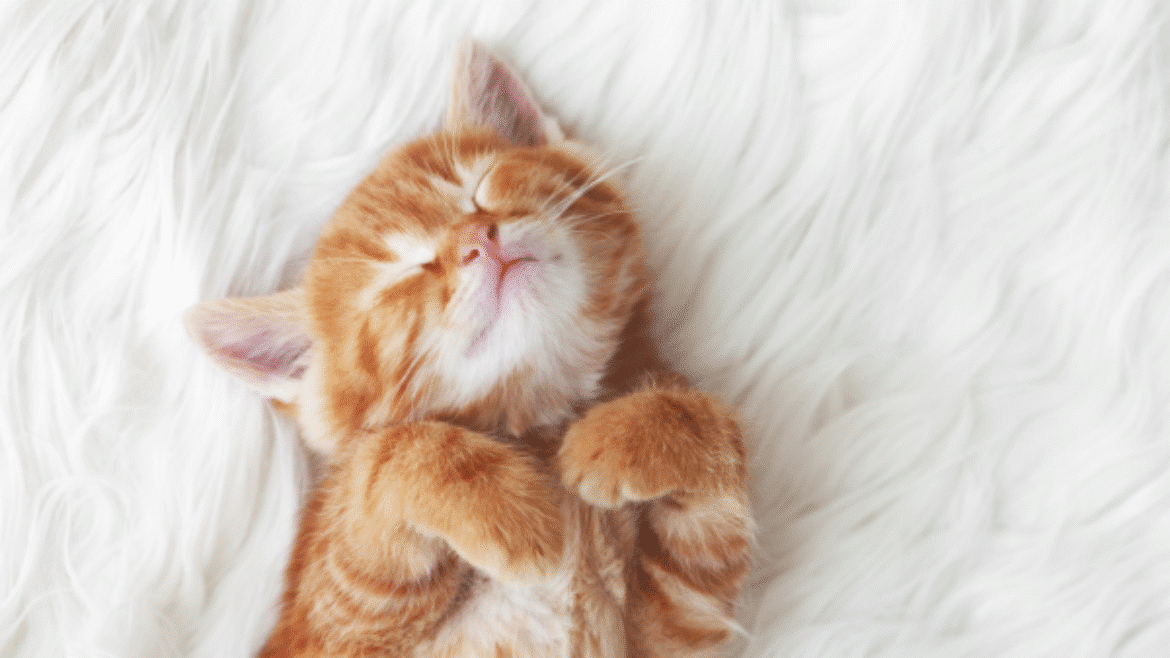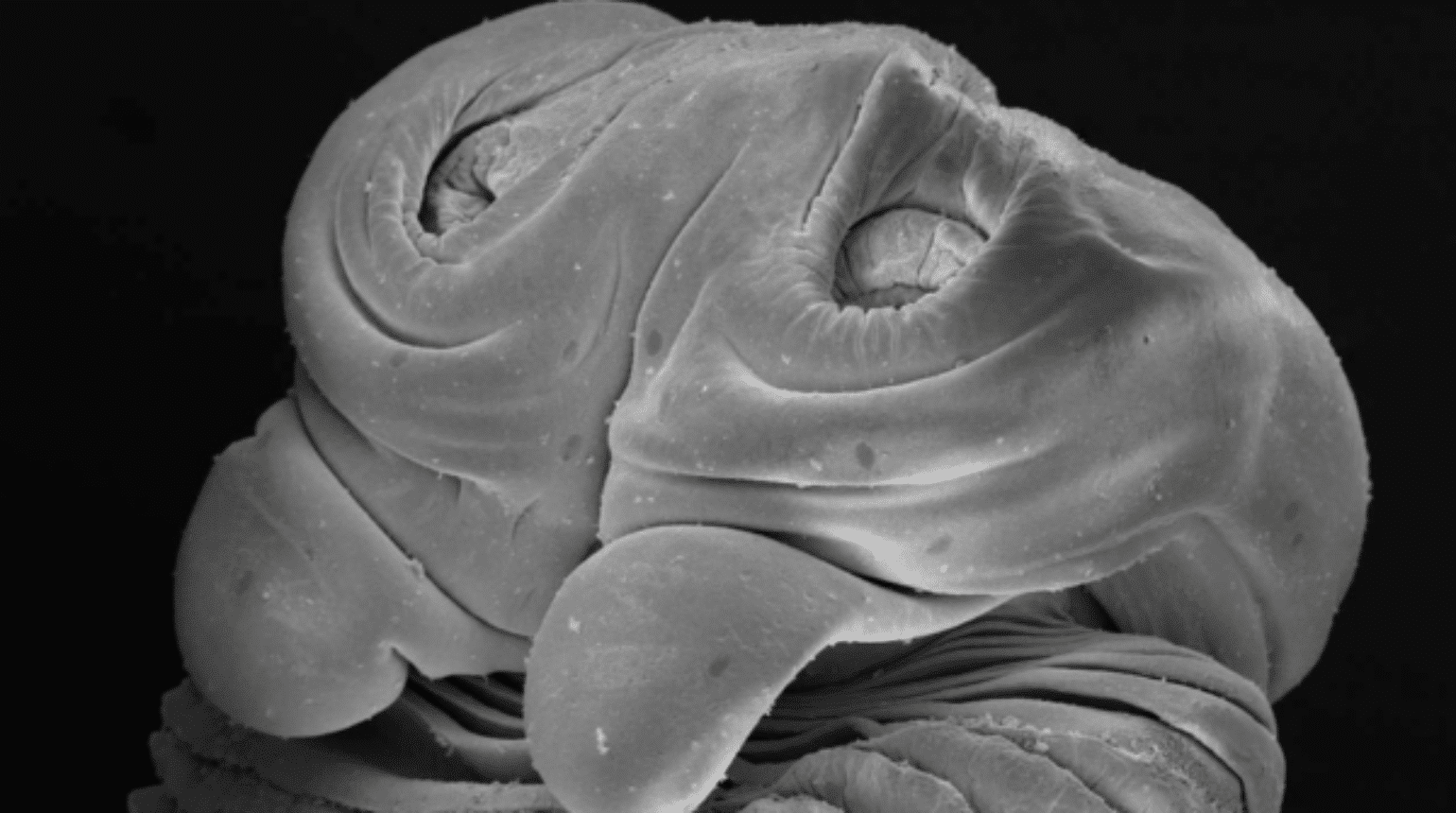Gabapentin in cats – giving the right dose
Matt Gurney
BVSc CertVA PgCertVBM DipECVAA FRCVS
RCVS & EBVS® European Specialist in Veterinary Anaesthesia & Analgesia
Clinical Director
Last updated: 06/2023
- Gabapentin in cats for acute pain
- Gabapentin in cats for chronic pain
- Gabapentin in cats for anxiolysis
- Dose summary
Although not licensed, gabapentin has a variety of uses in feline medicine and the dose differs, dependent on the indication. Here we’ve taken a look at the literature to assess the most useful doses you’ll need in practice.
Gabapentin in cats for acute pain
The benefits of gabapentin were highlighted in an early case report, where it was used as part of a multi-modal analgesia strategy in cats with major trauma and non-steroidal anti-inflammatories (NSAIDs) were contraindicated.1 The authors concluded that gabapentin should be considered for this purpose in clinical settings but that further studies were required.
A subsequent study assessed the analgesic effects of gabapentin in cats undergoing ovariohysterectomy.2 The doses and groups are detailed in table 1. The study also looked at the correlation between two pain-scoring systems – multidimensional composite pain scale and the Glasgow pain scale. The (non-validated) multidimensional composite pain scale was used to assess the need for rescue analgesia, which was the key outcome measure for analgesia efficacy.
This study showed that buprenorphine alone really does not provide adequate analgesia for 50% of cats and underscores our knowledge of the importance of a multimodal approach. If meloxicam is added in a multimodal fashion, we see an increase in comfort, and this group had the lowest need for further analgesia. This suggests that where NSAIDs aren’t an option, adding gabapentin to an opioid is more effective than the opioid alone, so this is a useful take-home. The dose used in this study was 50mg per cat. This was a small study however (52 cats), and so further numbers are required to prove a statistically significant difference. It would also be interesting to investigate the benefit of an opioid, NSAID and gabapentin combination.
Table1:
| Group | Dose | Need for rescue analgesia | Conclusion |
| Buprenorphine | 0.02 mg/kg IM | 50% | Inadequate as a sole analgesic |
| Buprenorphine & meloxicam | 0.02 mg/kg IM /0.1 mg/kg SC | 13% | Improved cf. buprenorphine alone |
| Buprenorphine & gabapentin | 0.02 mg/kg IM /50mg PO | 26% | Better than buprenorphine alone |
Gabapentin in cats for chronic pain
The fact that gabapentin was the number one prescription for feline musculoskeletal (MSK) pain in a survey on VIN is surprising, given we have NSAIDs and frunevetmab as licensed and effective options. There is only one study looking at gabapentin as a chronic analgesic in cats too, so the evidence base is also currently limited.
In a study of 20 cats, a dose of 10 mg/kg gabapentin every 12hrs was used and compared to a placebo.3 The outcome metrics were client-specific outcome measures (CSOMS), mobility assessment and owner-assessed quality of life (QoL). Cats received either gabapentin or a placebo for 2 weeks and then switched groups for a further two weeks.
In the cats receiving gabapentin, owner assessed QoL was improved. Mobility was assessed using an accelerometer placed on the cat’s collar and a decrease in activity was noted, which was attributed to sedation.
This small-scale work suggests there could be a benefit to gabapentin for chronic pain but an appropriate dose to avoid sedation needs to be established. As such, the advice is to start lower – at 5 mg/kg BID – and titrate upwards. The placebo effect must also not be underestimated, and with other licensed options available, relying on gabapentin as a sole analgesic for cats is probably not advisable.
We have more on managing chronic pain in cats here.
Gabapentin in cats for anxiolysis
There are two studies examining the use of gabapentin in healthy cats as an anxiolytic.
The first used a 100mg capsule for all cats in the study. This equated to a wide dose range given the weight of the recruited cats. These authors concluded a dose of 20 mg/kg given 1-2hrs prior to the vet visit was the most effective dose. This forms the basis of recommendations.4
Another study evaluated the benefit of gabapentin to reduce stress in a trap, neuter, and return programme.5 These authors also used a wide dose range of 9-47 mg/kg because of the use of a set size capsule across a range of cat sizes. They noted the greatest effect was at two hours post-administration.
With the use of a liquid gabapentin, cats can be dosed accurately with the optimal dose of 20 mg/kg. In a recent study the efficacy of 20mg/kg gabapentin in hyperthyroid cats, given 1-2hrs before coming to the clinic, was evaluated.6 This was a placebo-controlled study and the cats in the gabapentin group were significantly more relaxed during transport to the hospital, and more amendable to examination (exam, blood sampling, blood pressure).
It’s important to recognise adverse effects though, including the duration of action at this dose of gabapentin – up to 8 hours of sedation. As such, this higher dose is only really designed for one-off treatment for anxiolysis. If you are sending the cat home, you must instruct the owner to keep the cat inside and avoid jumping.
Why not check out our webinar on the use of gabapentin as an anxiolytic in cats?
Dose summary
Acute pain 5-10mg/kg BID.
Chronic pain 5mg/kg BID, increasing to 10mg/kg if required.
Anxiolysis 20 mg/kg 1-2hrs before required. One-off dose.
Abbreviations
References
- Vettorato E, Corletto F. Gabapentin as part of multi-modal analgesia in two cats suffering multiple injuries. Vet Anaesth Analg. 2011 Sep;38(5):518-20. doi: 10.1111/j.1467-2995.2011.00638.x. PMID: 21831060.ag
- Steagall PV, Benito J, Monteiro BP, Doodnaught GM, Beauchamp G, Evangelista MC. Analgesic effects of gabapentin and buprenorphine in cats undergoing ovariohysterectomy using two pain-scoring systems: a randomized clinical trial. J Feline Med Surg. 2018 Aug;20(8):741-748. doi: 10.1177/1098612X17730173. Epub 2017 Sep 18. PMID: 28920534.
- Guedes AGP, Meadows JM, Pypendop BH, Johnson EG, Zaffarano B. Assessment of the effects of gabapentin on activity levels and owner-perceived mobility impairment and quality of life in osteoarthritic geriatric cats. J Am Vet Med Assoc. 2018 Sep 1;253(5):579-585. doi: 10.2460/javma.253.5.579. PMID: 30110208.
- van Haaften KA, Forsythe LRE, Stelow EA, Bain MJ. Effects of a single preappointment dose of gabapentin on signs of stress in cats during transportation and veterinary examination. J Am Vet Med Assoc. 2017 Nov 15;251(10):1175-1181. doi: 10.2460/javma.251.10.1175. PMID: 29099247.
- Pankratz KE, Ferris KK, Griffith EH, Sherman BL. Use of single-dose oral gabapentin to attenuate fear responses in cage-trap confined community cats: a double-blind, placebo-controlled field trial. J Feline Med Surg. 2018 Jun;20(6):535-543. doi: 10.1177/1098612X17719399. Epub 2017 Jul 18. PMID: 28718700.
- Gurney M, Gower L. Randomised clinical trial evaluating the effect of a single preappointment dose of gabapentin on signs of stress in hyperthyroid cats. J Feline Med Surg. 2022 Jun;24(6):e85-e89. doi: 10.1177/1098612X221091736. Epub 2022 Apr 28. PMID: 35481442; PMCID: PMC9160945.




